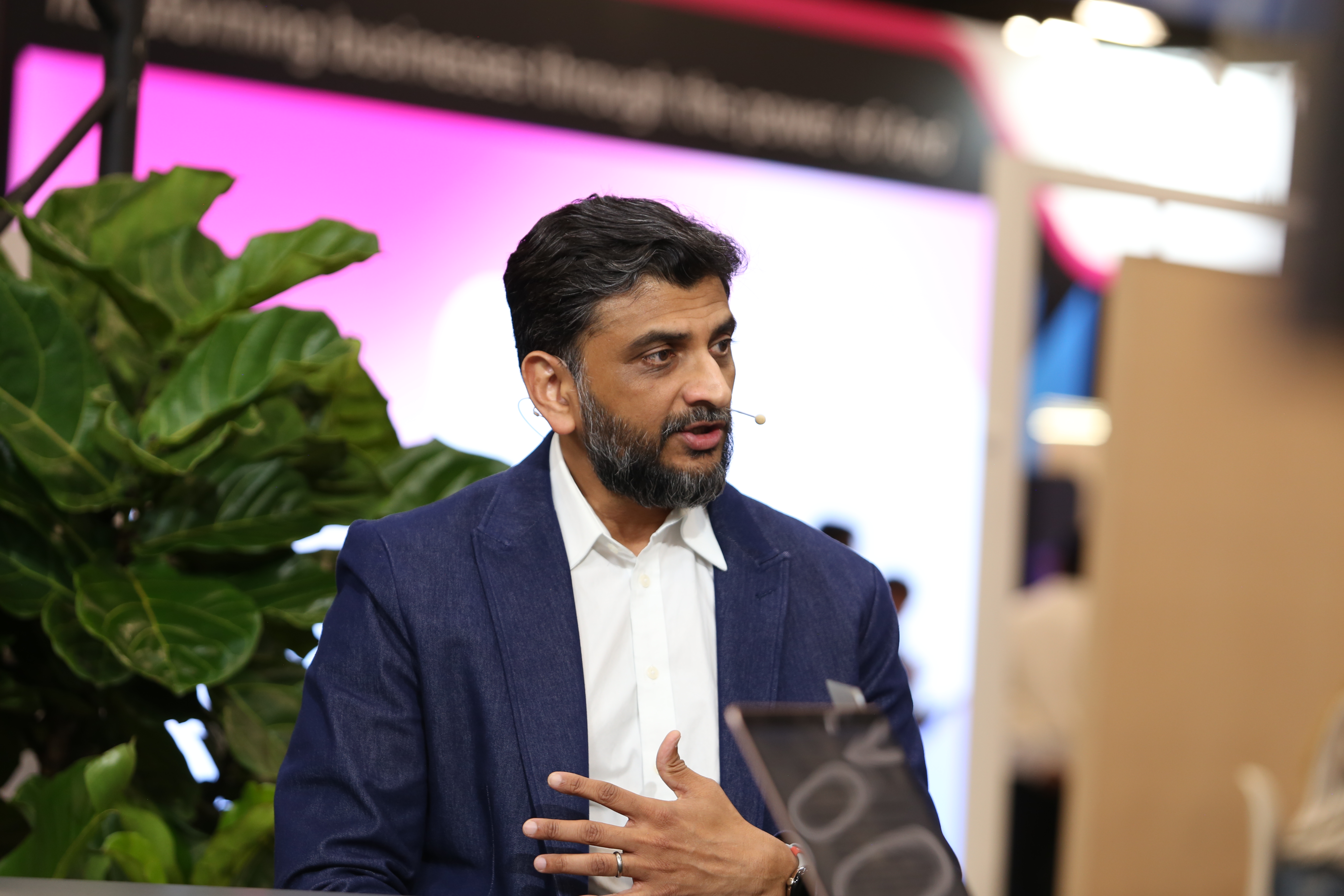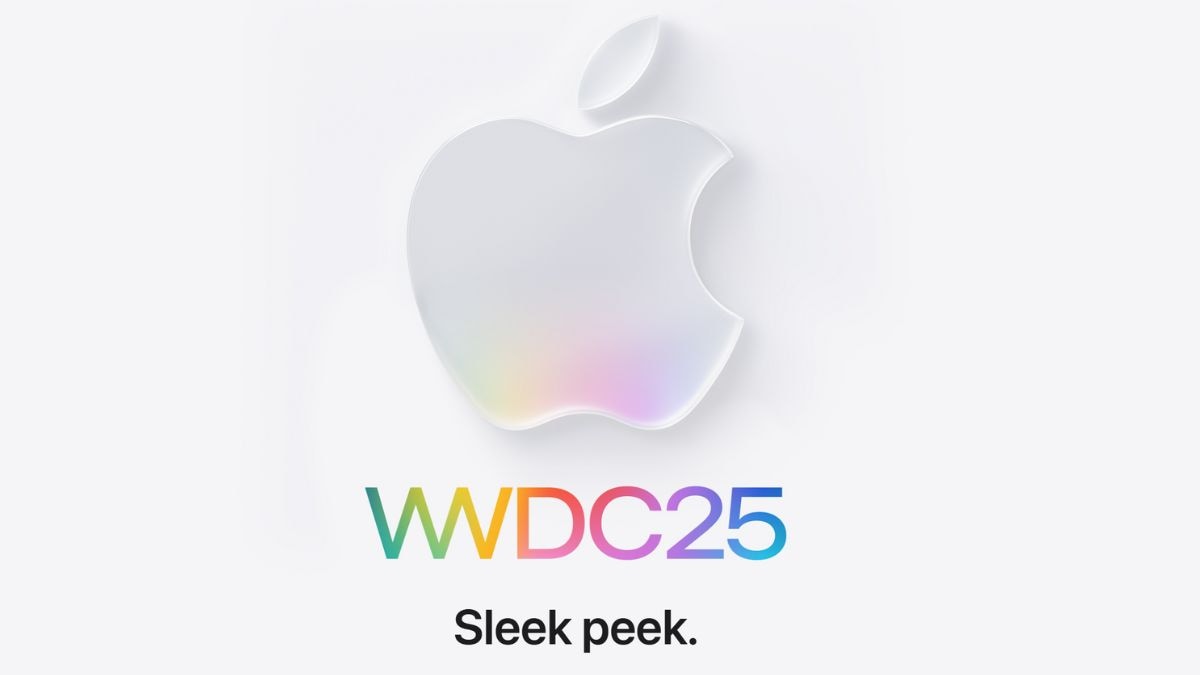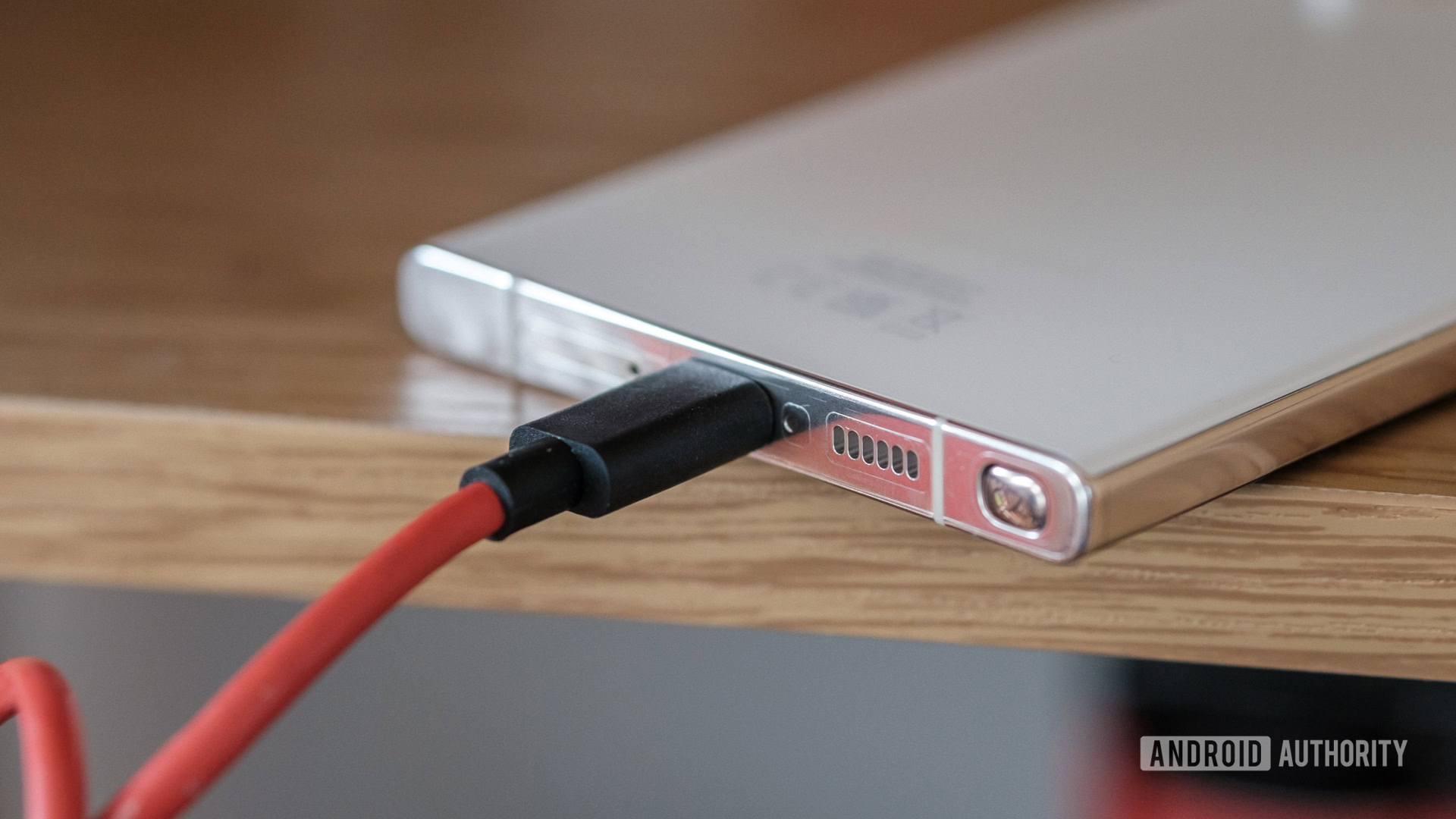As artificial intelligence pushes deeper into enterprise operations, AI storage solutions are emerging as critical enablers of speed, scale and competitive edge.
With data-hungry models growing more complex by the day, businesses are under mounting pressure to adopt storage architectures that can deliver massive throughput and low latency. Beyond raw compute power, it’s these advanced storage systems — tightly integrated with custom silicon and intelligent software — that are setting the pace for AI innovation. By unifying storage, compute and networking, enterprises are overcoming data bottlenecks, accelerating time to insight and powering the next wave of AI-driven transformation, according to Nirav Mehta (pictured), senior director of product management at Google Cloud Compute.
Google Cloud Compute’s Nirav Mehta talks to theCUBE about AI storage solutions.
“If there’s one thing I want to really sum up is that we are really about workload optimized infrastructure,” Mehta said. “I love that you used the word system, because customers are expecting us to take all the Google know-how of the last 20 years, build custom hardware, optimize software, commercial models and all the at-scale inference application experience, and deliver a system because it’s all about faster time to value.”
Mehta spoke with theCUBE’s John Furrier and Dave Vellante at Google Cloud Next, during an exclusive broadcast on theCUBE, News Media’s livestreaming studio. They discussed how AI storage solutions and integrated infrastructure technologies are accelerating enterprise AI adoption by delivering high-speed data access, scalable performance and simplified system management for complex AI workloads. (* Disclosure below.)
AI storage solutions and strategies reshape enterprise systems
At the heart of scalable AI infrastructure is a new generation of storage technologies purpose-built for demanding AI applications. Enterprises increasingly rely on high-speed, low-latency storage solutions to keep data flowing smoothly through every layer of the AI stack. From optical circuit switches that ensure quick failover to tightly integrated block storage platforms, these advancements deliver the reliability and efficiency enterprises need as they scale AI deployments, according to Mehta.
“It starts with highly sustainable components,” he said. “We’ve innovated optical circuit switches down to the very lowest unit of our computing. We want to ensure it’s low power devices, but also extremely easy to fail over. You don’t want humans walking around swapping cables when switches go down.”
Block storage specifically optimized for AI — such as Hyperdisk ML — has become a game changer. By enabling up to 1,200 compute instances to access a single storage block at once, Hyperdisk ML dramatically reduces latency and speeds up model loading. This level of performance empowers enterprises to execute AI workloads at scale, unlocking efficiencies that were previously out of reach. For larger, training-intensive operations, Exapools offer exabyte-scale capacity in a highly compact form factor, making them a critical asset in the AI storage toolkit, Mehta explained.
“Simply put, you can have up to 1200 compute virtual machines connect to a single Hyperdisk ML block storage instance,” he said. “It’ll load models very fast up to 12 times faster than some alternatives like object storage. Then all of these VMs simultaneously have access to it.”
Supporting all of this innovation is a sophisticated software layer that abstracts the complexity of managing storage and compute resources. Advanced compilers understand the nuances of Google’s infrastructure, from optical switching to network layers, optimizing resource allocation automatically.
This level of integration helps enterprises focus on building AI models and extracting insights, without getting bogged down by infrastructure management. It also supports hybrid deployments, offering flexibility for organizations that need to run AI workloads on third-party hardware or in tightly controlled, air-gapped environments, according to Mehta.
“Our compilers are aware of things like our optical switching or network layers,” he said. “It can really do the thinking for you on how to use it all.”
Here’s the complete video interview, part of News’s and theCUBE’s coverage of Google Cloud Next:
(* Disclosure: Google Cloud sponsored this segment of theCUBE. Neither Google Cloud nor other sponsors have editorial control over content on theCUBE or News.)
Photo: News
Your vote of support is important to us and it helps us keep the content FREE.
One click below supports our mission to provide free, deep, and relevant content.
Join our community on YouTube
Join the community that includes more than 15,000 #CubeAlumni experts, including Amazon.com CEO Andy Jassy, Dell Technologies founder and CEO Michael Dell, Intel CEO Pat Gelsinger, and many more luminaries and experts.
THANK YOU










